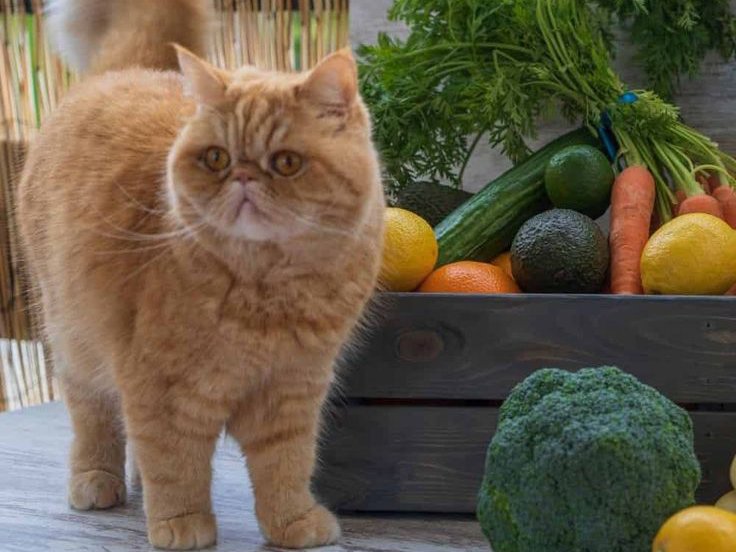
If you’ve ever read the label on a bag of cat food and paused at the words “meat byproducts,” you’re not alone. This ingredient often raises eyebrows and triggers concerns from pet parents who want the best for their feline companions. But what exactly are meat byproducts in cat food, and are they harmful or misunderstood?
Let’s break it down and uncover the truth behind byproducts — so you can make an informed decision about what goes in your cat’s bowl.
What Are Meat Byproducts?
In the pet food industry, meat byproducts refer to non-muscle animal parts that are still considered edible and nutritious. These can include:
-
Organs such as liver, kidneys, and lungs
-
Bones and connective tissue
-
Fat and trimmings not commonly consumed by humans
It’s important to note that byproducts do not include hair, hooves, horns, or manure, which are specifically excluded from reputable formulations.
Are Byproducts Bad for Cats?
Not necessarily. While the term “byproduct” may sound unappetizing to humans, many of these parts are rich in nutrients that cats need, including:
-
Taurine – essential for heart and eye health
-
Iron and zinc – support immune function
-
Vitamin A – found in liver and important for vision and reproduction
Cats in the wild often eat the whole prey — not just the muscle meat. That means byproducts mimic a more natural feline diet than we might assume.
Why Do Byproducts Have a Bad Reputation?
Much of the concern stems from:
-
Marketing messages that promote “real meat only” as superior
-
Lack of transparency around sourcing and quality
-
Confusion over what byproducts actually include
In lower-quality cat foods, poorly sourced or over-processed byproducts can mean reduced nutritional value. But in regulated, reputable brands, byproducts can be a safe, nutritious, and sustainable choice.
Final Thoughts
So, should you be concerned about meat byproducts in cat food? The answer is: it depends on the quality and transparency of the pet food brand. Byproducts aren’t inherently bad — in fact, they can be quite nutritious — but sourcing and processing make all the difference.
Rather than avoiding byproducts altogether, focus on ingredient quality, brand reputation, and what works best for your cat’s health.
Learn More
For more about cat nutrition and pet food labeling, visit petopedia.xyz or speak with your veterinarian to find the right diet for your cat’s individual needs.
